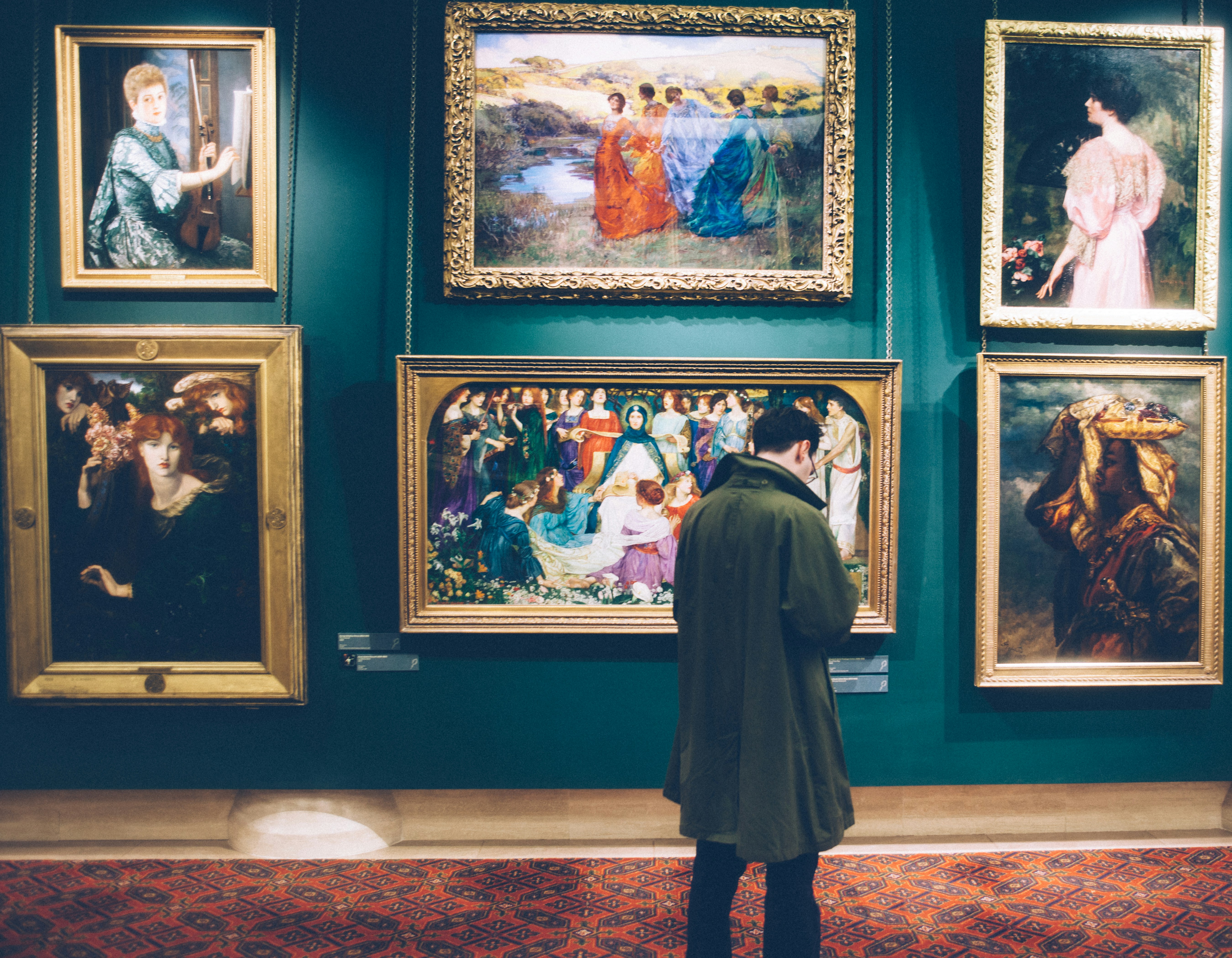Cultural Artifacts in Gaming: Enhancing Multiplayer Through History
In the ever-evolving world of gaming, the interplay between cultural artifacts and game design has emerged as a fascinating trend. Game developers are increasingly tapping into real-world cultural influences—from historical events to rich mythologies—to craft multiplayer experiences that are not only immersive but also deeply engaging. This article explores how these elements enrich gameplay dynamics, cultivate community ties, and offer a new lens through which aspiring developers can create unique gaming experiences.
The Cultural Tapestry of Gaming
Every game is a world unto itself, but some of the most compelling experiences are those that draw on the richness of our shared history and cultural narratives. When game designers integrate cultural artifacts—whether they be ancient relics, folklore, or historic events—they don’t merely enhance aesthetics; they create immersive worlds that players want to explore leisurely and meaningfully.
For aspiring developers, understanding the significance of cultural context cannot be overstated. Incorporating these influences fosters depth within a game’s storyline, offering players not just challenges to overcome, but a narrative framework that resonates on a personal and communal level. As players engage with the game, they often find echoes of their own experiences and histories reflected in its design, leading to a deeper connection with both the game and its community.
Case Study: Assassin's Creed Series
A prime example of this principle in action is the Assassin's Creed series by Ubisoft. Each installment serves as a cultural journey, transporting players to different historical periods, from the Renaissance in Italy to ancient Egypt. In these games, players don’t merely witness history; they interact with it, completing quests that reflect real historical events and cultural practices.
Engagement through Storytelling
The depth of storytelling in Assassin's Creed not only captivates players but also educates them about various cultures and historical contexts. From the architectural styles to the dialects used by non-player characters (NPCs), the attention to detail builds a rich tapestry that enhances player engagement. This narrative approach allows players to form connections not just with the game mechanics, but also with the history and culture represented within them.
The Rise of Mythology in Multiplayer Games
Mythology, too, has found a strong foothold in modern multiplayer games. Developers are skillfully weaving mythological tales into their narratives, giving players a sense of discovery and connection to ancient stories. Titles such as God of War do more than simply recycle old myths; they reinterpret them, offering players a chance to explore humanity's age-old questions about morality, existence, and purpose.
Case Study: Smite
Smite, a multiplayer battle arena game, exemplifies the integration of mythology into gameplay. Players choose avatars from a plethora of mythological gods and creatures, each with unique abilities that mirror their legendary stories. This approach fuels not only engagement but also fosters a sense of community, as players often find themselves discussing the lore behind each character, thereby building connections through shared knowledge and experiences.
Cultural Representation: More Than Just Aesthetic Choice
Game developers have a responsibility to approach cultural representation thoughtfully. When done correctly, integrating cultural artifacts into game design can foster inclusivity and enrich narratives. However, misrepresentation can lead to cultural appropriation, which can alienate players and disrupt community building.
It’s essential that developers engage with cultural advisors or communities to ensure authenticity—something increasingly recognized by major studios. This liaison shows respect for the culture being represented and enables a richer, more informed storytelling approach that resonates with a broader audience. As seen in games like Ghost of Tsushima, which received critical acclaim for its representation of Japanese culture, authenticity matters.
To reinforce the importance of cultural representation, aspiring developers should also consider diving into existing discussions on topics like the ethics of AI in gaming and discovering how NPCs shape stories and reflect our society today. These resources reveal how thoughtful design decisions can powerfully echo through player interactions and community engagement.
Enhancing Gameplay Dynamics through Cultural Artifacts
When developers weave in cultural artifacts, they often innovate gameplay mechanics to reflect historical or mythological origins. Different cultures have unique approaches to challenges, which can be accurately captured in gameplay design.
For example, the strategic elements in martial arts games—like Tekken or Street Fighter—mirror real-life combat forms and philosophies, thus providing players with more than just a fighting experience; they engage in a cultural exploration of technique and history itself. Similarly, games like The Legend of Zelda: Breath of the Wild utilize cultural artifacts to unlock gameplay mechanics that mirror the significance of environmental interaction found in nature-based cultures.
Player Engagement and Community Building
Incorporating cultural artifacts transcends mere aesthetics; it cultivates deeper player engagement and community building. When players feel a strong connection to the narrative, they are more likely to remain active in the gaming community, sharing experiences and insights that enhance collective knowledge.
These discussions aren’t just limited to in-game experiences. Players often gather online to brainstorm strategies or explore cultural backgrounds, creating a cooperative environment that transcends the game itself. The engagement seen in forums, streaming platforms, and social media around games like Final Fantasy XIV shows how strongly cultural themes can resonate, fostering vibrant communities centered around shared cultural narratives.
Practical Steps for Aspiring Developers
In considering how to weave cultural elements into game design, aspiring developers should focus on:
-
Research and Respect: Thoroughly research the culture or historical period you wish to represent. Understand the nuances, avoiding stereotypes or inaccuracies. Collaborate with cultural consultants if possible.
-
Narrative Integration: Design narratives that reflect the complexities of cultural artifacts. Allow players to explore them within the gameplay rather than merely presenting them as backdrops.
-
Player Involvement: Encourage players to engage with the cultural elements by incorporating choices that impact their gameplay experience. This interaction deepens their connection to the artifacts and narrative.
-
Community Creation: Build forums and discussions around your game to allow players to explore the cultural themes together. Host events that bring attention to the culture explored in the game; this could include live streams, community art contests, or educational panels.
-
Iterate on Feedback: Pay attention to player feedback regarding cultural representation. This can inform future updates or additional content, ensuring respectful and accurate portrayals.
Final Thoughts
The integration of cultural artifacts into gaming is a powerful tool for storytelling and player engagement. As game designers continue to explore this rich intersection of history, culture, and multiplayer experiences, they are not just creating games—they're fostering communities, sparking conversations, and connecting players worldwide. For aspiring developers, the journey to create games grounded in cultural authenticity and engagement begins with understanding and respecting these narratives. By doing so, they can step into a legacy of gaming designed not just for entertainment, but for education, connection, and community.










